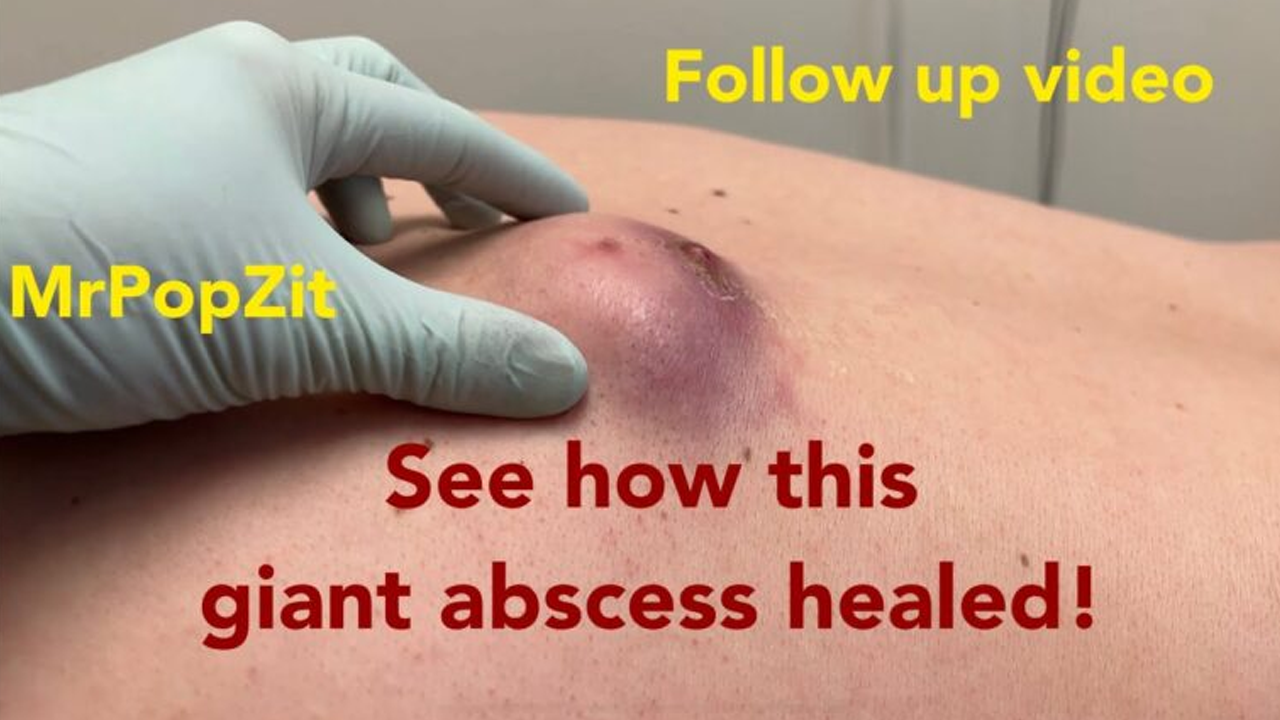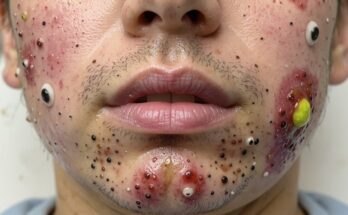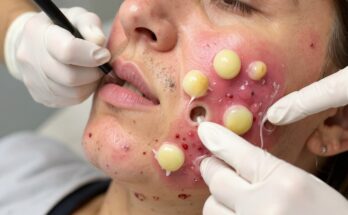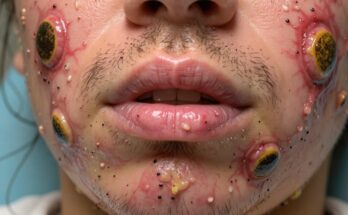Understanding Abscesses: A Comprehensive Guide
Abscesses are a common problem, but understanding their various forms and treatments can be crucial for effective management. This guide explores the nature, types, diagnosis, and treatment of abscesses, empowering you to take proactive steps for your health.
What is an Abscess?
An abscess is a localized collection of pus, a thick fluid containing white blood cells, dead tissue, bacteria, and other debris. This pus forms when your body attempts to fight off an infection. White blood cells rush to the infected area, accumulating and causing inflammation, which eventually forms a walled-off pocket containing the pus – the abscess. This process can occur virtually anywhere in or on the body.
Types of Abscesses: A Diverse Landscape
Abscesses are remarkably diverse, varying significantly in location and severity. They can be broadly classified into skin abscesses, oral abscesses, and internal abscesses.
Skin Abscesses: Surface-Level Concerns
Skin abscesses, also known as cutaneous abscesses, develop beneath the skin’s surface. While commonly treated easily, they can be uncomfortable and require attention. Several specific types exist:
- Armpit Abscesses: These occur when pus collects in the armpit, often linked to conditions like hidradenitis suppurativa, characterized by recurring inflamed bumps.
- Breast Abscesses: A breast abscess is a pocket of pus within the breast tissue, frequently a consequence of untreated breast infections.
- Anorectal Abscesses: Located around the anus or rectum, these include perianal abscesses (affecting the skin around the anus) and ischiorectal abscesses (in the buttock crease).
Oral Abscesses: Infections of the Mouth
Abscesses affecting the mouth can impact teeth, gums, and throat, requiring prompt dental attention.
- Dental Abscesses: These form around a tooth and come in several forms, including gingival abscesses (gum abscesses) and periapical abscesses (at the tooth root tip).
- Tonsilar and Peritonsillar Abscesses: These develop in the throat, with peritonsillar abscesses (quinsy) forming between the tonsils and throat wall, and retropharyngeal abscesses occurring at the back of the throat.
Internal Abscesses: Deeper Complications
Internal abscesses, though less frequent than external ones, pose a more significant challenge due to their difficulty in diagnosis and treatment. Locations can include:
- Abdominal Abscesses: Pus buildup within the abdomen, potentially near organs like the kidneys.
- Spinal Cord Abscesses: A serious condition involving pus around the spinal cord, typically stemming from a spinal infection.
- Brain Abscesses: A rare but life-threatening condition resulting from bacterial entry into the brain, often from other head infections or wounds.
Recognizing the Signs: Symptoms of Abscesses
Identifying an abscess depends on its location. Skin abscesses typically present as red, swollen, raised areas, often with a yellowish or whitish center indicating pus beneath the surface. Tenderness, warmth, and pain are common.
Oral abscesses can cause intense pain, jaw swelling, difficulty opening the mouth, and fever.
Deeper abscesses often present with less obvious symptoms, such as pain, tenderness, fever, chills, and loss of appetite, making diagnosis more complex.
Causes and Formation of Abscesses
Bacterial infections are the primary cause of abscesses, Staphylococcus being a frequent culprit. When bacteria invade, the immune system sends white blood cells to fight the infection. This inflammatory response can lead to tissue death and the formation of a pus-filled pocket—the abscess. Rarely, viruses, parasites, or fungi can also be involved.
Diagnosis and Testing: Unveiling the Abscess
Diagnosis of skin abscesses usually involves a physical examination and possibly a pus sample for bacterial identification. Deeper abscesses require imaging tests such as ultrasounds, CT scans, or MRIs to locate and assess the abscess.
Treatment and Management: Addressing the Abscess
Small, superficial abscesses might resolve spontaneously with a warm compress to encourage drainage. However, attempting to drain an abscess at home is risky and can spread infection.
Medical treatment typically involves surgical drainage under local anesthesia. A small incision is made to allow the pus to drain, followed by cleaning and bandaging. Antibiotics might be prescribed to combat the infection. Internal abscesses may require needle aspiration or insertion of a drainage catheter.
Prevention: Proactive Measures
Maintaining good hygiene, such as frequent handwashing and avoiding sharing personal items, helps prevent skin abscesses. A healthy diet and lifestyle also play a vital role in supporting immune function. Preventing internal abscesses is more challenging, focusing on managing underlying conditions that may predispose to them.
Prognosis and Outlook: The Path to Recovery
Minor skin abscesses often heal well with appropriate drainage and care. However, untreated abscesses can enlarge, rupture, and spread infection. Prompt treatment of oral and internal abscesses is crucial to prevent serious complications or even death.
Abscess vs. Boil: Clarifying the Distinction
A boil (furuncle) is a type of abscess that forms around a hair follicle or sweat gland. Boils are smaller and closer to the skin’s surface than typical skin abscesses and are often found in areas like the neck, chest, face, and buttocks. They are particularly painful in sensitive areas.



